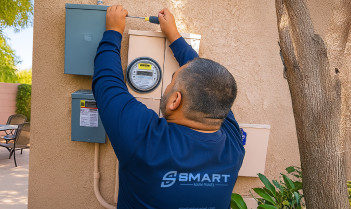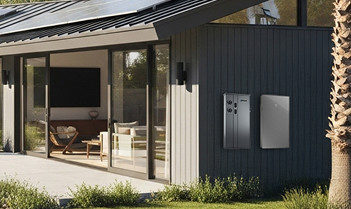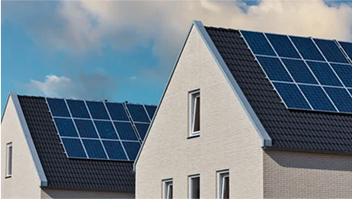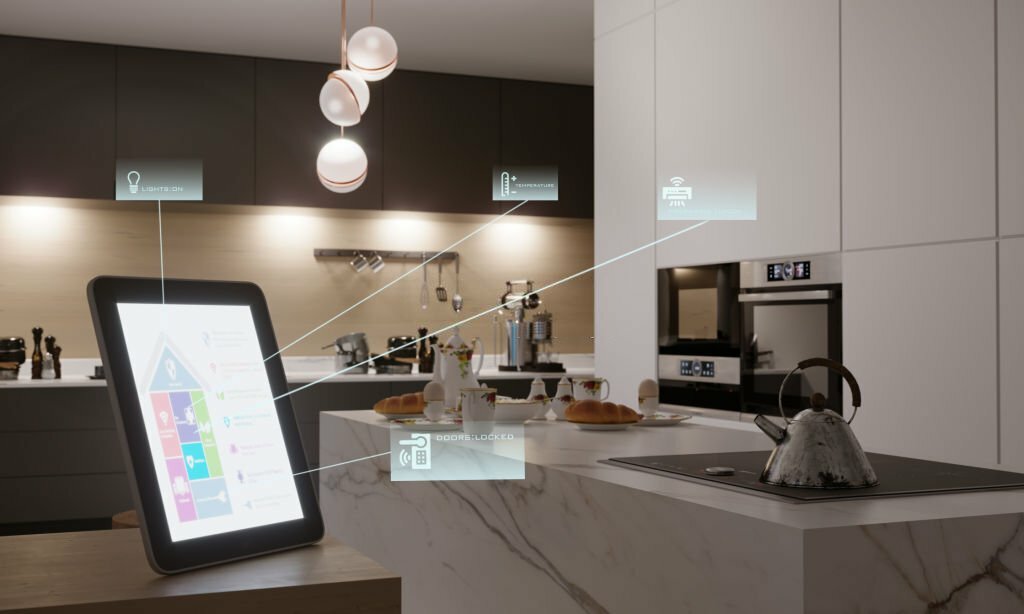
Date
Smart Home Control Panel: Your Easy Installation Guide
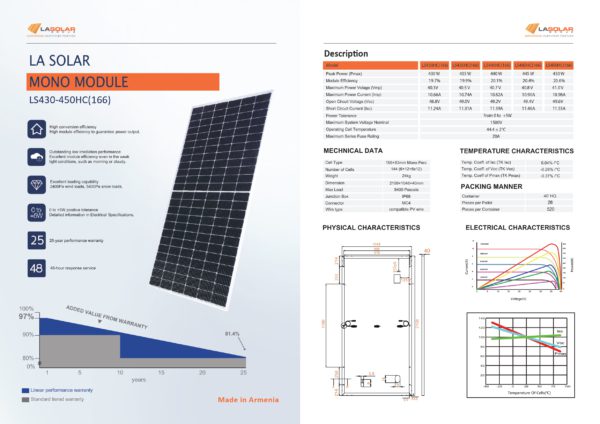
Introduction to the Smart Home Control Panel
The Smart Home Control Panel is an energy-efficient smart home panel designed to optimize the use of electricity in households. It is called the Smart Main Panel, and its main goal is to provide consumers with greater control over their energy consumption. This guide will provide an easy installation guide for the Smart Home Control Panel and explore its various features and benefits.
Real-Time Monitoring for Energy Optimization
One of the key features of the Smart Home Control Panel is real-time monitoring. With this feature, users can track their energy usage and identify areas where energy wastage is occurring. The panel provides detailed information about energy consumption, allowing users to make informed decisions and find ways to reduce their energy usage.
By monitoring energy usage in real-time, users can identify which appliances or devices are consuming the most energy and take steps to use them more efficiently. For example, if a user notices that their air conditioning system is using a significant amount of energy, they can adjust the temperature settings or implement energy-saving measures to reduce energy consumption.
Real-time monitoring also helps users identify energy-saving opportunities. For instance, if the panel detects that a certain device or appliance is consuming energy even when it’s not in use, users can turn it off completely or put it in standby mode to minimize energy waste.
Integration with Other Smart Devices
The Smart Home Control Panel is designed to integrate with other smart devices in the home, such as thermostats, lighting systems, and appliances. This integration allows for better coordination and optimization of these devices, leading to further energy savings.
For example, the panel can automatically adjust the thermostat based on occupancy patterns or pre-set preferences. If no one is at home during the day, the panel can lower the temperature to save energy on heating or cooling. Similarly, if a user prefers to have the lights turn off automatically when they leave a room, the panel can communicate with the lighting system to fulfill this preference.
By integrating different smart devices, the Smart Home Control Panel ensures that they work together seamlessly to reduce energy consumption and improve overall energy efficiency in the home.
Automated Features for Energy Efficiency
In addition to real-time monitoring and device integration, the Smart Home Control Panel offers a range of automated features that enhance energy efficiency. These features eliminate the need for manual control and reduce the chances of appliances being left on unnecessarily.
For example, the panel can schedule the operation of various devices, such as turning off lights or appliances when they are not in use. This automation ensures that energy-consuming devices are not left on for longer than necessary, effectively reducing energy waste.
Furthermore, the panel can learn from user behavior and preferences to optimize energy consumption. It can adapt to occupancy patterns and adjust energy usage accordingly. For instance, if a user typically leaves their home at 8 am and returns at 6 pm, the panel can start adjusting the temperature and turning off unnecessary devices during the user’s absence to conserve energy.
Prioritizing Safety
The Smart Home Control Panel prioritizes safety in addition to energy efficiency. It has built-in sensors and detectors that can detect hazards such as leaks or electrical malfunctions. These sensors can send real-time alerts to users, allowing them to take prompt action and prevent potential accidents.
For example, if the panel detects a water leak in the home, it can immediately notify the user through the mobile app or web portal. This allows the user to address the issue promptly, minimizing damage and potential safety risks.
Similarly, if the panel detects an electrical malfunction, such as a short circuit or power surge, it can alert the user and prompt them to disconnect the affected devices. This proactive approach to safety helps users maintain a secure and hazard-free environment in their homes.
User-Friendly Interface for Easy Management
The Smart Home Control Panel is designed with a user-friendly interface, making it easy for users to manage their energy consumption. Users can control the panel through a mobile app or a web portal, providing them with convenience and flexibility.
Through the app or portal, users can access detailed information about their energy usage, such as real-time energy consumption, historical data, and energy-saving tips. This information empowers users to make educated decisions about their energy consumption and find ways to optimize it.
The user-friendly interface also allows users to make adjustments to their energy settings easily. For example, users can set up energy-saving schedules, adjust temperature settings, or control smart devices without any hassle. This level of control ensures that users can effectively manage their energy usage according to their preferences and needs.
Benefits of the Smart Home Control Panel
The Smart Home Control Panel offers several benefits for homeowners who are looking to conserve energy and save money on their utility bills:
- Energy conservation: By providing real-time feedback and automation features, the Smart Home Control Panel enables users to reduce their energy consumption. It helps identify areas where energy wastage is occurring and provides recommendations for energy-saving measures.
- Cost efficiency: By making informed decisions about energy usage and implementing energy-saving measures, users can save money on their utility bills. The panel helps them optimize energy consumption and avoid unnecessary energy waste.
- Safety: The panel’s built-in sensors and detectors detect potential hazards and send real-time alerts to users. This allows users to take prompt action and prevent accidents, ensuring a safer living environment.
- Convenience and flexibility: The user-friendly interface of the Smart Home Control Panel makes it easy for users to manage their energy consumption. They can control the panel through a mobile app or web portal, giving them convenience and flexibility in managing their energy settings.
Conclusion
The Smart Home Control Panel is an energy-efficient smart home panel that provides consumers with greater control over their energy consumption. With features like real-time monitoring, integration with other smart devices, automated features, and safety measures, the panel helps users optimize their energy usage, save money, and ensure a safer living environment.
By empowering users to become more energy-conscious and make sustainable choices in their homes, the Smart Home Control Panel allows them to contribute to a greener and more sustainable future.
What is the Smart Home Control Panel?
How does the Smart Home Control Panel help in conserving energy?
How does the Smart Home Control Panel prioritize safety?
What is a Smart Home Control Panel?
A Smart Home Control Panel is an interface that allows users to control and manage smart home devices. It can be a physical panel, a smartphone app, or even voice-controlled via digital assistants.
How does a Smart Home Control Panel interact with Windows?
Some Smart Home Control Panels can be controlled directly from your Windows device using specific applications or software. This allows you to adjust settings on your smart devices directly from your computer.
What type of devices can be controlled by the Smart Home Control Panel?
The types of devices that can be controlled by the Smart Home Control Panel vary, but commonly include lights, thermostats, locks, security cameras, alarms systems, and appliances such as refrigerators or washing machines.
How do sensors work in conjunction with the Smart Home Control Panel?
Sensors are used in smart homes to collect data about the environment (like temperature or light level). This information is sent to the control panel which then adjusts the settings of various devices accordingly for optimal comfort and efficiency.
Can I access my Smart Home Control Panel remotely?
Yes, most smart home systems allow remote access via mobile apps or web interfaces. This means you can monitor and control your homes smart features from anywhere with an internet connection.

